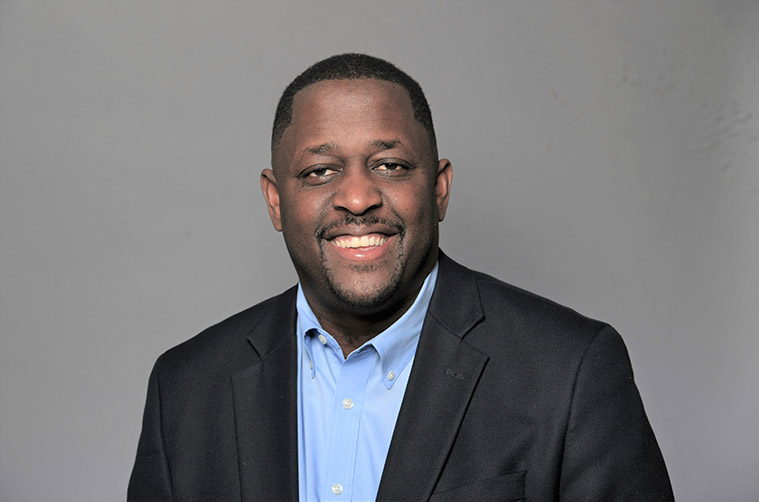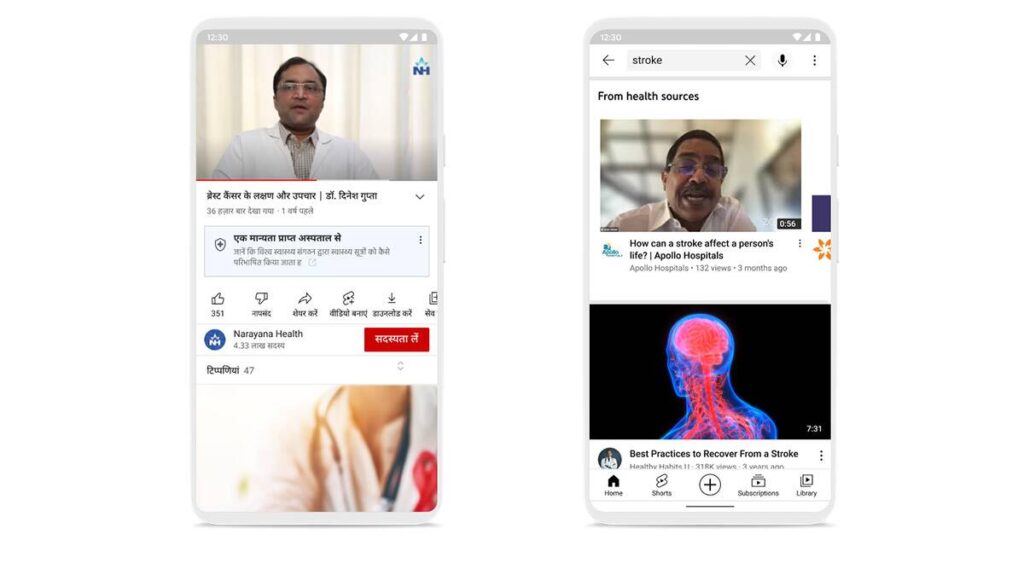YouTube will get two new features for users in India: A new “Health source information panel” and a “Health content shelf”, which will appear in Hindi and English. Here’s what will change.
YouTube is bringing two new features to the Indian market, which will focus on promoting accurate and credible health information to users. The “Health source information panel” and a “Health content shelves” will now be available in India in Hindi and English. These features — which are already available in the US — are designed to tackle misinformation around health topics and help credible videos stand out. Japan and Brazil are the other two markets where the feature is being rolled out.
“Our mission is to really provide equitable access to high quality, authoritative health information that’s evidence-based, but equally important, it has to be culturally relevant and engaging. This approach reinforces our ongoing efforts to tackle medical misinformation,” Dr Garth Graham, Director and Global Head of Healthcare and Public Health, YouTube told indianexpress.com over a video interview.
The features are triggered when a user searches for information related to any health related condition such a stroke or breast cancer. The ‘health source information panels’ will show up under videos from accredited health organisations and government entities. For example, if a person is watching a video on breast cancer by Apollo Hospitals, a label will appear beneath it, highlighting that it is from a credible source.
The idea is to “provide more context” to users in order to help them “identify videos from authoritative sources.” Dr Garth Graham, Director and Global Head of Healthcare and Public Health, YouTube.
Dr Garth Graham, Director and Global Head of Healthcare and Public Health, YouTube.
The ‘Health content shelves’ will more effectively highlight videos from authoritative sources when viewers search for specific health topics. For example, when a user searches for heart disease or stroke, a new content shelf will appear ahead of the regular search results. This will include videos from “accredited health organisations and government entities.” These shelves are intended to be visually separate and highlight authoritative videos in search, according to YouTube.
YouTube will rely on search signals on the platforms and the burden of disease information from the WHO to determine which health conditions are eligible to receive a health content shelf. Conditions such as pancreatic cancer, lung cancer, breast cancer, cervical cancer, lymphoma, cerebral palsy, hypertension, stroke, oral cancer, leukaemia will be covered along with many others. The feature will expand to more health concerns in the future.
Dr Graham added that the pandemic accelerated a lot of learnings for the platform. “One of the key things that was interesting to me is how heavily healthcare organisations across the world were leaning into YouTube, some of those even before we started,” he said.
In order to help define who would be categorised as a ‘credible’ source, YouTube worked with the National Academy of Medicine in the United States and the World Health Organization to develop the principles for deciding these recommendations.
“The principles are based on the fact that certain health organisations are more likely to be authoritative sources. So hospitals, local health authorities and national health organisations that have a track record of producing science and scientifically credible information, organisations which have internal processes to help make sure that they produce quality health information are considered. And that helps to set the source for the kinds of videos that we will be elevating,” Dr Graham explained.
But what if a user searches for alternate treatment for cancer? In such scenarios, other kinds of videos might still appear in search results, but YouTube will elevate authoritative health information thanks to the new features. Explaining the reasoning behind this, Dr Graham said the intention is not to “take away people’s access to learning about other sources,” rather it is to “raise a lot of the credible content from those sources that have been producing quality content.”
When asked if YouTube could soon push these videos as a ‘watch next’ option perhaps after a not-so credible health video, Dr Graham said the company would see how users respond to the feature and engage with it before deciding how it evolves later.

Source: indianexpress.com

